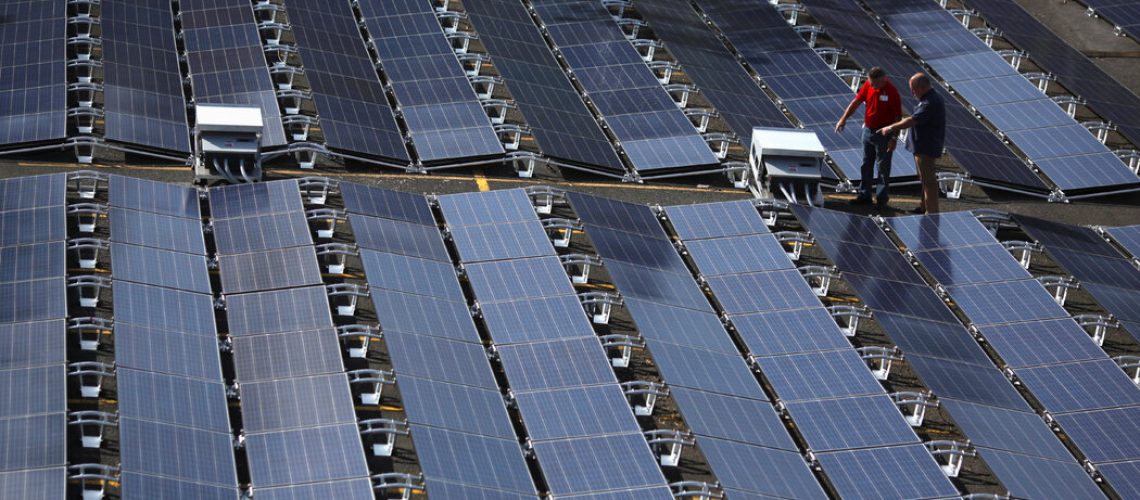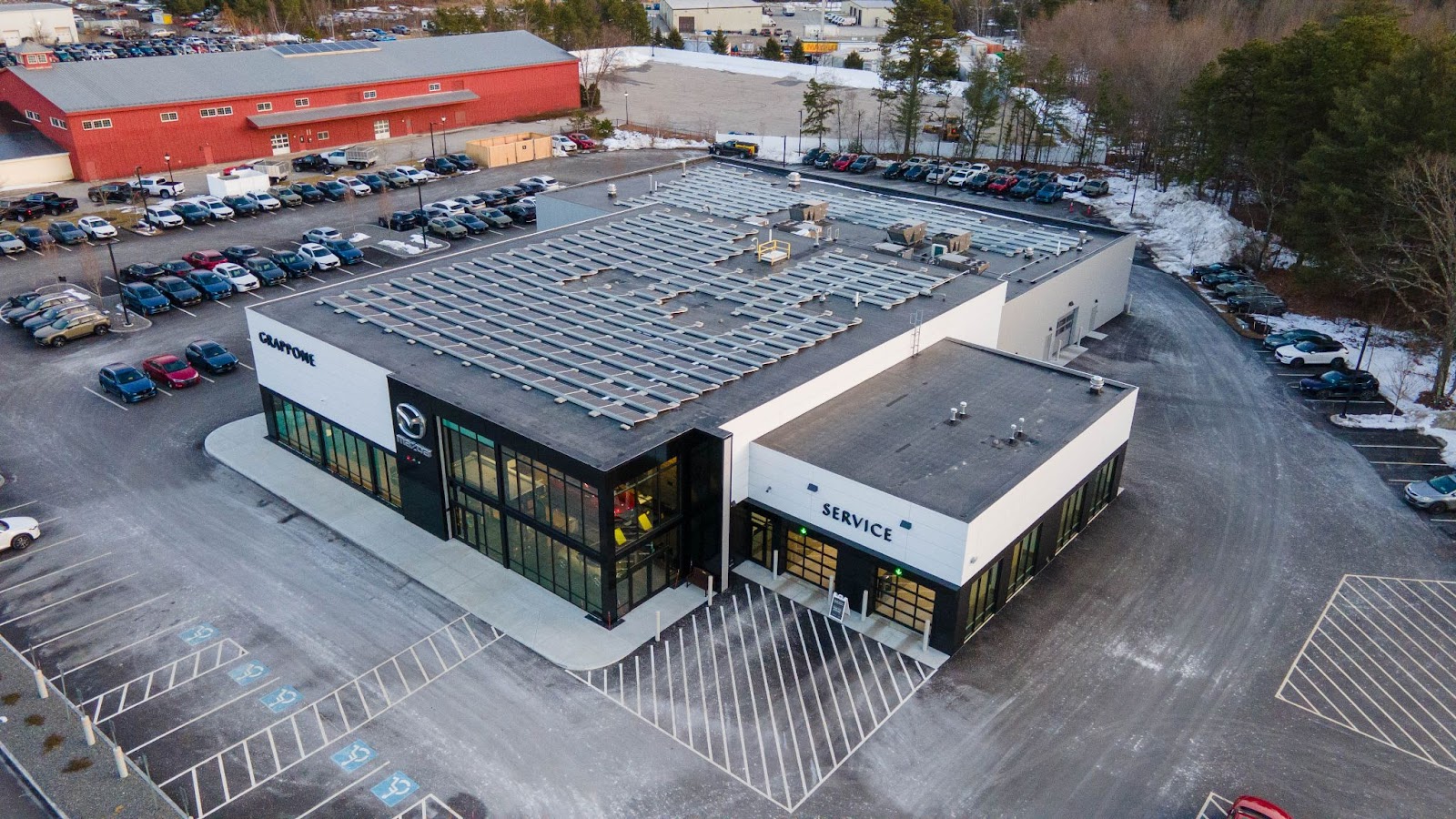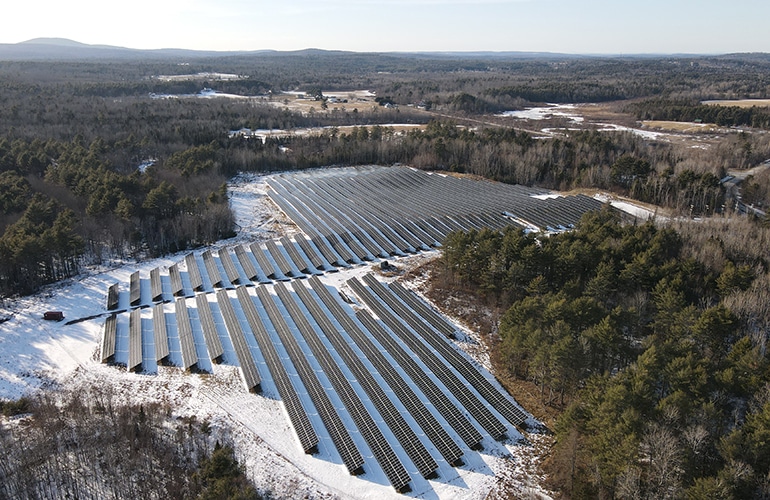The Federal Emergency Management Agency will begin paying to install solar panels on schools, hospitals and other public buildings that are rebuilt after disasters, making them more resilient against future disasters while reducing greenhouse gas emissions.
The change, set to be announced on Tuesday, reflects the disaster agency’s decision to use federal dollars to expand renewable energy as it copes with worsening climate shocks.
The number of billion-dollar weather disasters keeps rising, straining the country’s ability to respond, as well as the ability of local officials to keep offering basic services to residents.
“If you’re installing solar panels, you are creating more energy independence,” Deanne Criswell, FEMA’s administrator, said in an interview.
The change comes amid major shifts in America’s response to disasters. Insurers are withdrawing from high-risk areas. People are donating directly to survivors through the crowdfunding platform GoFundMe, although that money largely benefits the wealthy. FEMA is overhauling its programs to help individual disaster survivors, after acknowledging that the current programs often fail to provide adequate support.
It’s unclear how many state and local governments will take FEMA up on its offer to add clean energy to rebuild facilities. After a major disaster, the agency will typically reimburse state, local, tribal or territorial governments 75 percent of the cost of rebuilding or repairing structures like schools, hospitals, fire stations, libraries and other buildings. FEMA has paid for more than 105,000 such projects over the past decade.
That 75 percent reimbursement would now apply to additional costs of adding solar panels and other energy-related improvements, like heat pumps, batteries or energy-efficient appliances. But state or local officials would still need to come up with 25 percent of the cost. And they would not be required to participate.
A spokeswoman for FEMA said it did not have an estimate for how many state and local governments would make use of the new options, which are funded under the 2022 Inflation Reduction Act.
John Podesta, a senior adviser for clean energy innovation for President Biden, said the change will make up only a small part of the president’s goal of cutting United States greenhouse gas emissions at least 50 percent below 2005 levels by 2030. The country is a long way from that goal: emissions have dropped by about 17 percent since 2005.
But the new policy demonstrates the Biden administration’s commitment to looking for emissions reductions wherever possible, Mr. Podesta said in an interview. “When we say all of government, we mean it,” he said.
The more significant consequence of the new policy, according to RMI, a research organization that works on clean energy, is that it could establish “resilience hubs” — places where residents could gather after a disaster that would still have power even if the grid is knocked out.
If a school or other community building has solar panels to generate electricity and batteries to store it, that building could serve as a respite for people whose homes lose electricity, said Alisa Petersen, the federal policy manager for RMI’s United States program team. And if the building also has energy-efficient appliances like heat pumps, it could serve more people for longer.
The promise of FEMA’s new policy, Ms. Petersen said, “is taking buildings that have been subject to disaster and making them resilient — so that the next time around, people actually have a place to go during the disaster.”






